While straw blankets are excellent for seeding grass they have tons of other advantages. For example, straw blankets allow water and oxygen flow freely, giving you a healthy patch of grass. But one thing is sure; you can’t leave the straw blanket on your new grass forever.
Some experts recommend removing a straw blanket from new grass after four to five weeks. This way, the grass is at least three inches tall. They also advise mowing the lawn one to two times, then dethatching or raking it to remove the excess straw mulch. What’s left of the straw blanket will naturally decompose into the soil.
In this article, you will have a good understanding about straw blankets, how long they should remain on the new grass, and the signs to know when to remove them. Meanwhile, the procedure for removal is somewhat straightforward. Read on for more information!
How Long Should Straw Blanket Stay on New Grass?
With a straw blanket on your new grass, you can achieve a healthy, green lawn. To that end, it’s best to leave the straw blanket on new grass until your lawn is long enough to mow.
Usually, the ideal mowing height is between two to three inches. If you mow the grass or remove the straw blanket too soon, it can rip out the roots, meaning you must restart the process.
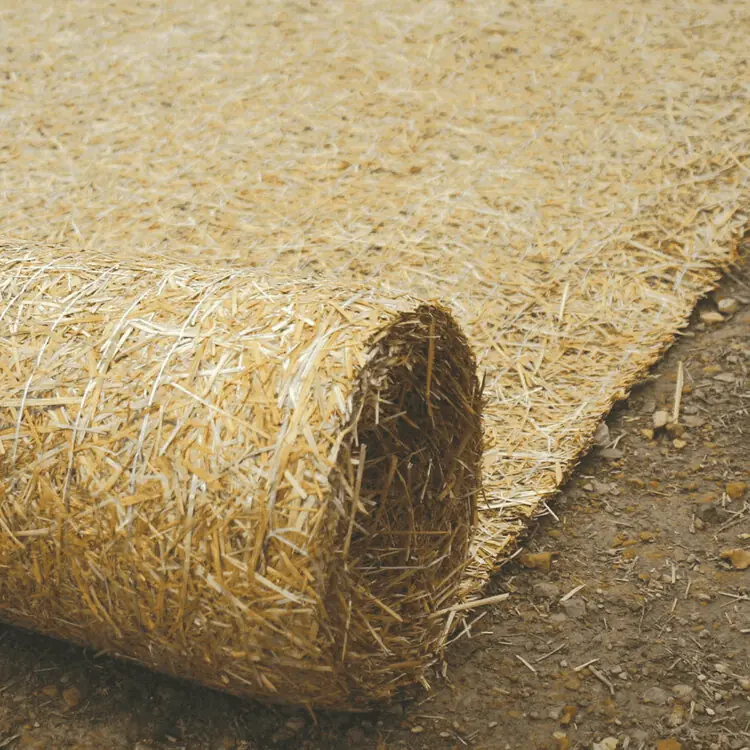
Further, you don’t have to remove the straw blanket with your hands manually. Even if the straw blanket begins to decompose or rot, you can leave it for the preferred duration. However, make sure the grass is long enough to walk on and trim. If that’s not the case, you risk damaging it if you remove the straw too early.
There are a couple of signs you should also look out for. Here are some of them:
- If the grass is not growing through the blanket on time.
- If the grass is not showing signs of growth. Lift up any part of the blanket to see if everything is working going well under the soil.
- Observe if there’s any coloring out of the ordinary.
Importance of Removing Straw Blankets From New Grass
With the straw blanket, especially the seeds, you need to strike a fine balance. In most cases, the blankets must come off if you add too much straw, if the grass seeds have difficulty growing, or after using the wrong straw blanket. These are indications that you must remove the blanket.
In addition, the nets break down after a long time, but the straw seed blankets decompose quickly. The main reasons why you should remove straw blankets include the following:
1. Overly Thick Blankets
When the straw blanket is too thick for the grass, it can cause some issues. First, dry grass and straw can pile over the soil, leading to poor access to nutrients for grass growth. Secondly, the lawn will carry a disturbing appearance.
Never rake dead grass before adding the straw layer to it.
2. Poor Breakdown of Blanket
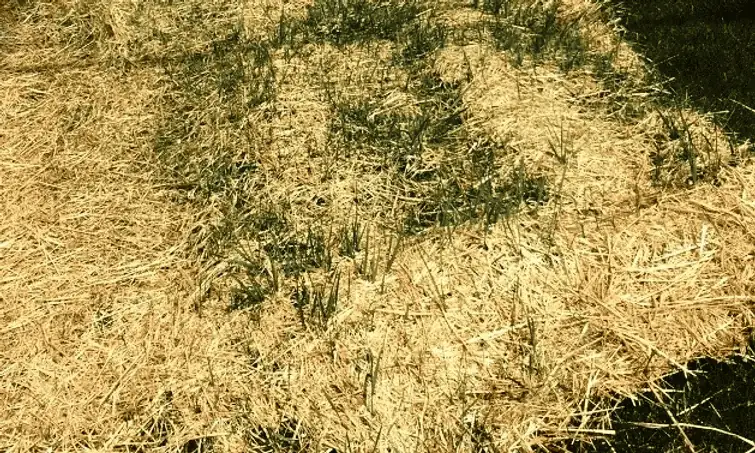
The grass has grown long enough; however, the straw blanket must break down as planned. More often than not, this problem occurs in old, dry straw blankets that won’t decompose.
While the issue is rare, it’s best to know whether the straw has been on the grass for too long after mowing it several times.
3. The Wrong Net
Some people make the mistake of adding the wrong kind of net on their new grass. They use an erosion net rather than a straw seed blanket on the grass.
Erosion nets come in handy to prevent mudslides, gravel or rock slides, and similar incidents. While they look identical to straw blankets, they will only break down slowly. Make sure you have the correct net over your new grass – a straw blanket.
4. Poor Underlying Soil
It is essential to remove straw blankets when the underlying soil isn’t rich enough or is simply too dry. As a result, you have to add mulch, topsoil, or fertilizer under the straw blanket.
It’s common knowledge that straw blankets are effective. But the blankets are only as effective as the soil underneath. If the ground is bad, your grass will follow through. Also, cracked, dry soil will struggle to grow grass under a layer of straw..
Steps to Remove Straw from New Grass
Now comes the part where you have to remove the straw from the new grass. Use the following steps to get it done:
1. Leave Grass to Reach About Three Inches Tall
Let the grass grow to this height before you consider removing the straw. According to some experts, the first few weeks after installing the straw blanket to your grass are the most influential and beneficial. Once your grass has grown long enough, the straw blanket is no longer necessary to do anything other than decompose on the soil.
2. Mow the Grass Once
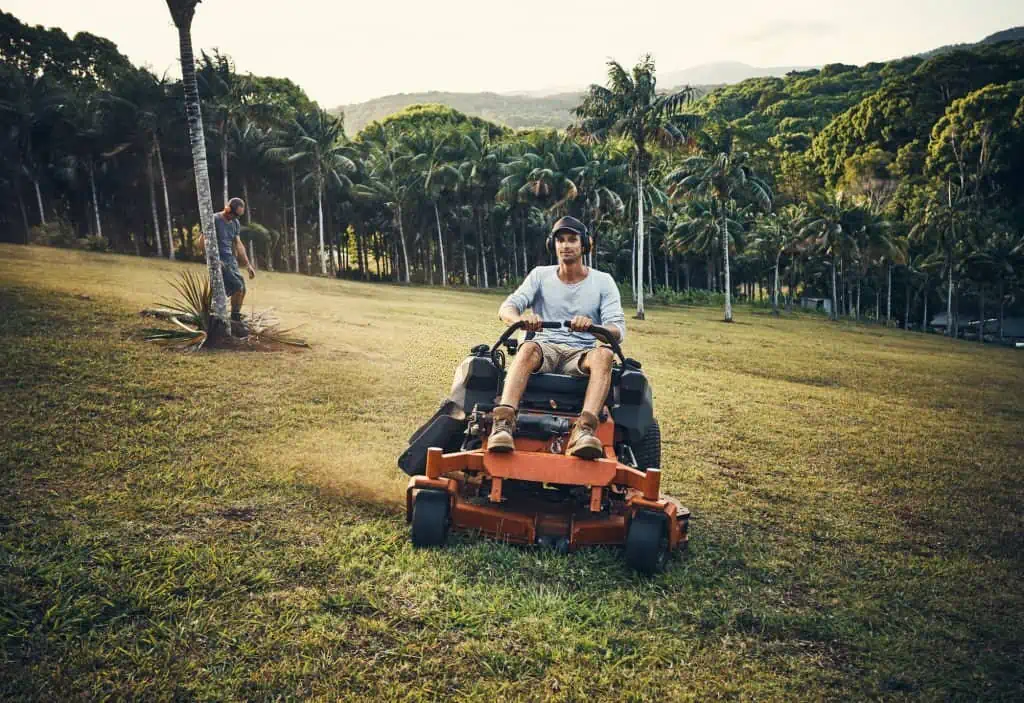
The top layer of grass and straw must go. However, follow the specific guidelines if your lawn is near a wall. This will help you to prevent the blades from chipping it. Ensure that you mow the grass to about 2 to 2.5 inches.
3. Use a Rake or Powered Dethatcher to Dethatch the Lawn
Your lawn will need dethatching during the process. In line with that, a rake or powered dethatcher comes in handy. Some of the machines will remove the excess straw from the soil without touching the grass from its roots. Depending on what you want, you can also adjust the machine.
4. Water and Mow Regularly
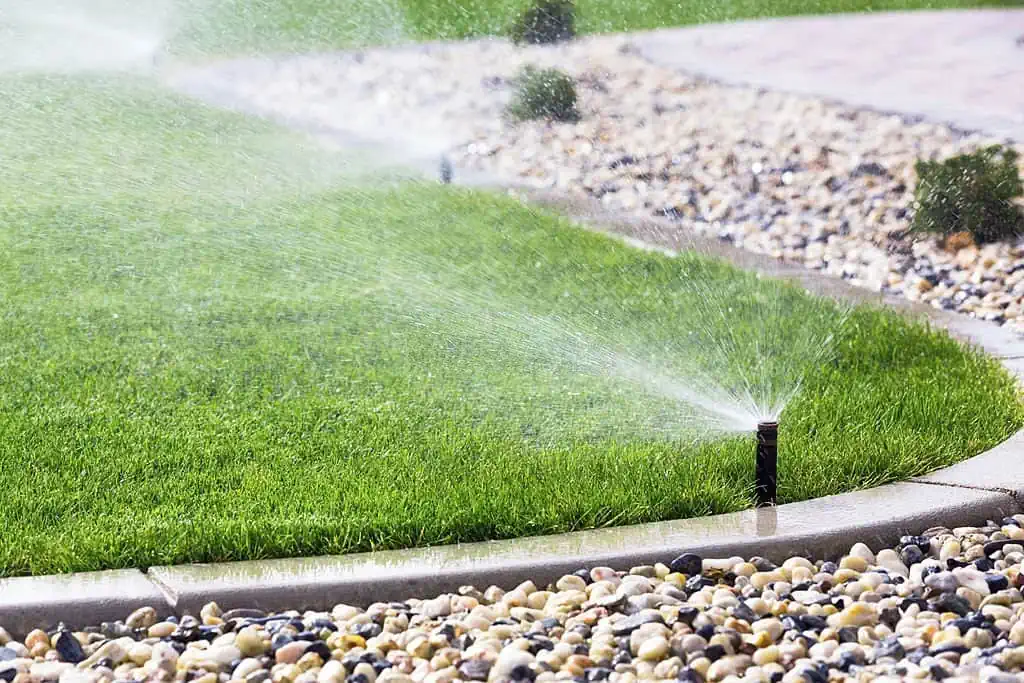
Watering and mowing regularly are vital to remove the straw—the hard part behind you, but you must water and maintain the grass by cutting it. Also, add some fertilizer if patches or lines appear in some areas. When you mow regularly and keep the lawn around 2.5 inches, fungi, mildew, and bacteria are prevented from growing.
5. Remove Excess Patches of Straw Blanket
Finally, if the straw doesn’t come out after a few months, remove the excess patches of the straw blanket. Since the straw blanket won’t be gone after one mowing, you must maintain a consistent schedule weekly or more until it’s all gone. If you notice a few chunks of straw remain after 60 to 90 days, remove them by hand.
Doing this manually helps your grass get the best out of the straw blanket without stifling it.
Can You put too Much Straw on New Grass?
Yes, you can put too much straw on grass seed. But it would help if you made it adequate. That’s because too much will prevent the grass from growing through the blanket, limiting the oxygen flowing through it.
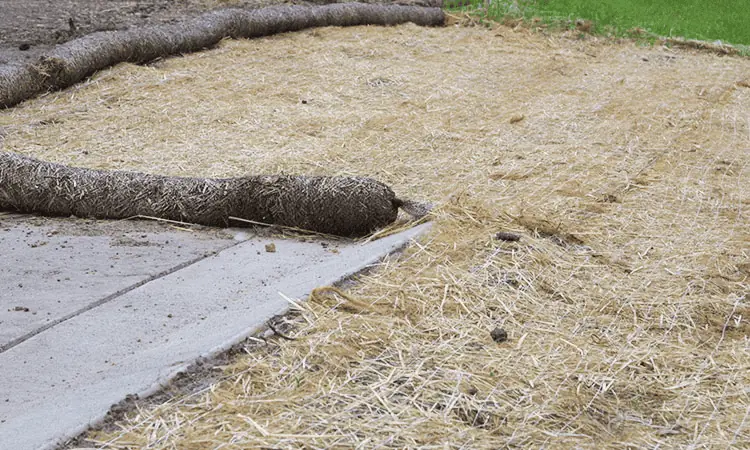
It will also stop water from trickling through the soil. However, many companies that sell straw blankets try to prevent such issues.
Many straw blankets over your grass could ruin the grass’s potential. You can thin the straw layer enough to let sunlight, oxygen, and water through it.
Further, you should be able to see the grass and soil under the straw blanket. Once you look through and the ground resembles a huge pile of straw, it’s time to remove the bulk of the straw.
It would help if you did so by hand because using a rake or dethatcher can cause problems for the new grass.
Conclusion
Straw blanket on new grass is an innovative and effective process to help the lawn thrive. However, removing the straw after some time is crucial.
Experts recommend avoiding gloves or shovels during the removal stages. That’s because a mower and take are better alternatives.
Now that you know this, straw on your new grass safeguards the seeds and anchors the soil. It also provides a better environment for vegetation. Therefore, leaving the straw blanket on the grass for about 3 to 7 weeks is better. After that, mow regularly but at a safe height.






